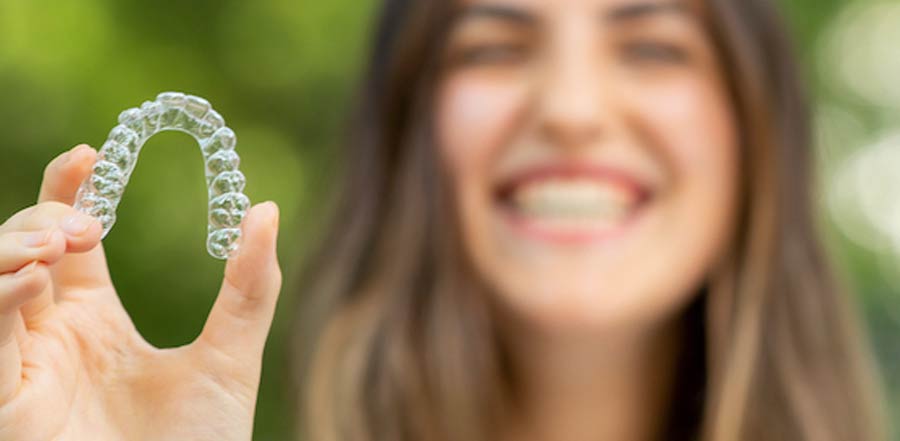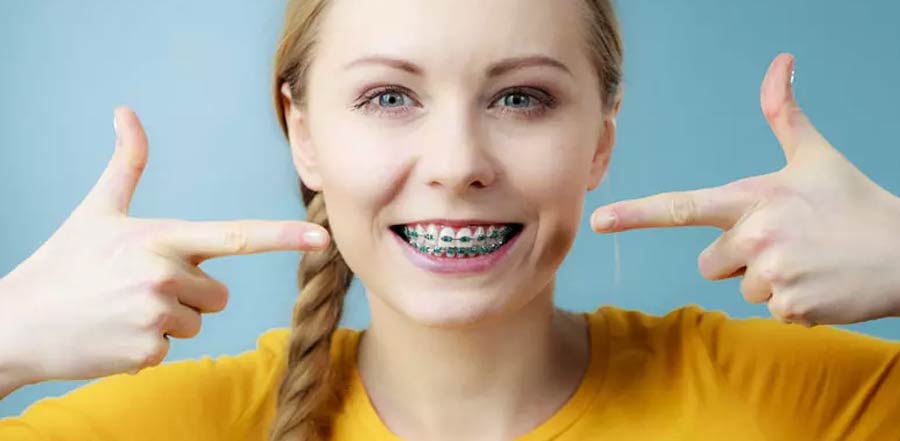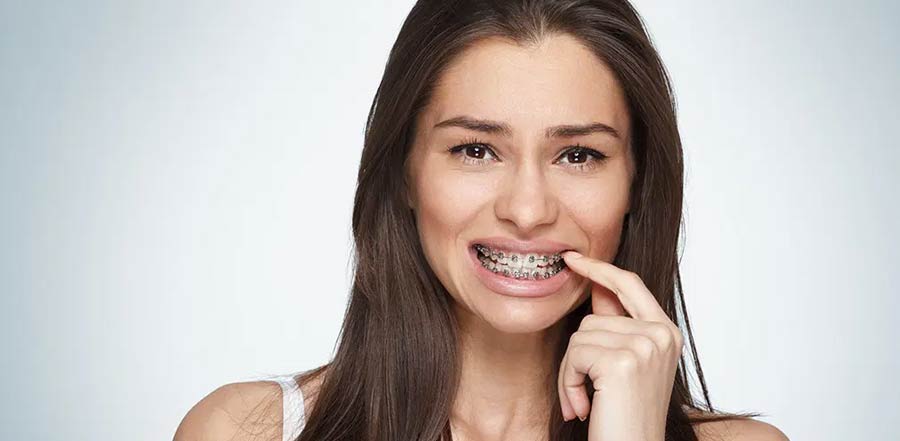Clear Braces in South Florida
Searching for Clear Braces in South Florida? Dr. Carmen Briceño Crespi of Lakes Orthodontics is a leading provider of Invisalign and braces in South Florida. Not just kids, these days many grown-ups are taking the extra mile and getting braces, too. If it’s to improve longstanding dental issues like closing off gaps or to enhance façade, there are several advancements and corrections in orthodontics dentistry now, naming braces the pick for a lot of people.
Braces first and foremost correct curved teeth, and it is what we all imagine whenever braces are talked about. By pulling the teeth into more correct place with brackets affixed to the teeth along with wires that will be tightened over time, it’s conceivable to slowly work teeth in to new and better positions. This will take a long time – maybe even years – however, the long term consequences might be well worth it. Stereotypically, braces for kids are put in teenagers and adolescences as their teeth are still forming, but with advancements you could find braces offered to anybody wishing to deal with dental fears by realigning their teeth. Braces can do more than help fix peoples’ appearance, but they also modify more dental problems that could come from possessing uneven teeth or a bad bite. Problems such as extreme rotten teeth, untimely enamel wear, crowded teeth, occlusions, and jaw misalignment could be handled over time with braces.
Where to Get Clear Braces in South Florida?
Orthodontic Braces carry a label of being just for children for some reason. Many years ago, it was believed that it was only possible to tweak the alignment of teeth and mend dental problems by braces as an individual was not as old and their teeth were still growing. A view that has from then been proven to be fake, with the fact being that even full-grown teeth will be moved and bone growth could continue, helping to keep altered teeth in their more correct spot.
Also, as for how large and ugly braces used to be, there weren’t a lot of adults interested in having them. Seeing as a standard grown person’s day includes working much of the day, as well as handling many different people in a variety of professional and personal conditions, braces were regularly seen as rough for who wears it, with the majority deciding to just leave their teeth the way they were. However, not only has it been realized that it is absolutely possible to fix adult teeth, the health values gotten from fixing dental problems can make it valuable at any age. It could take longer for adult teeth to ease into their new positions needing more mature people to wear their dental braces for more time than younger people, but the advantages will continue to be more important than the downsides.
This is especially that way seeing as the great, new braces accessable now that anyone can wear comfortably, for example Clear Braces, Metal Braces, Lingual Braces, and Self-Ligating Braces; also snap-in retainers which will need to be worn certain times of the day and left off others. There are several new braces available for individuals of any age to get their teeth adjusted, lending them more than a lovely smile but also the health assurances that go along with aligned teeth and a correct bite. If you would like more info in regards to the orthodontic services in South Florida offered by Dr. Carmen Briceño Crespi of Lakes Orthodontics, please visit at our Invisalign blog.
Top Blog Post About Clear Braces in South Florida
What Types Of Food Can I Eat With Braces?
Softer foods are the best choice of foods to eat when you first get braces or Invisalign because your teeth will be sore from the initial [...]
Can You Prevent Your Child Needing Braces?
Children entering their early teen years often need braces to correct crooked teeth and other alignment issues. However, this doesn’t mean that braces are a rite [...]
Does Invisalign Really Work?
This is a question that I get all the time from patients, and it is a very valid question as, after all, you are going to [...]





